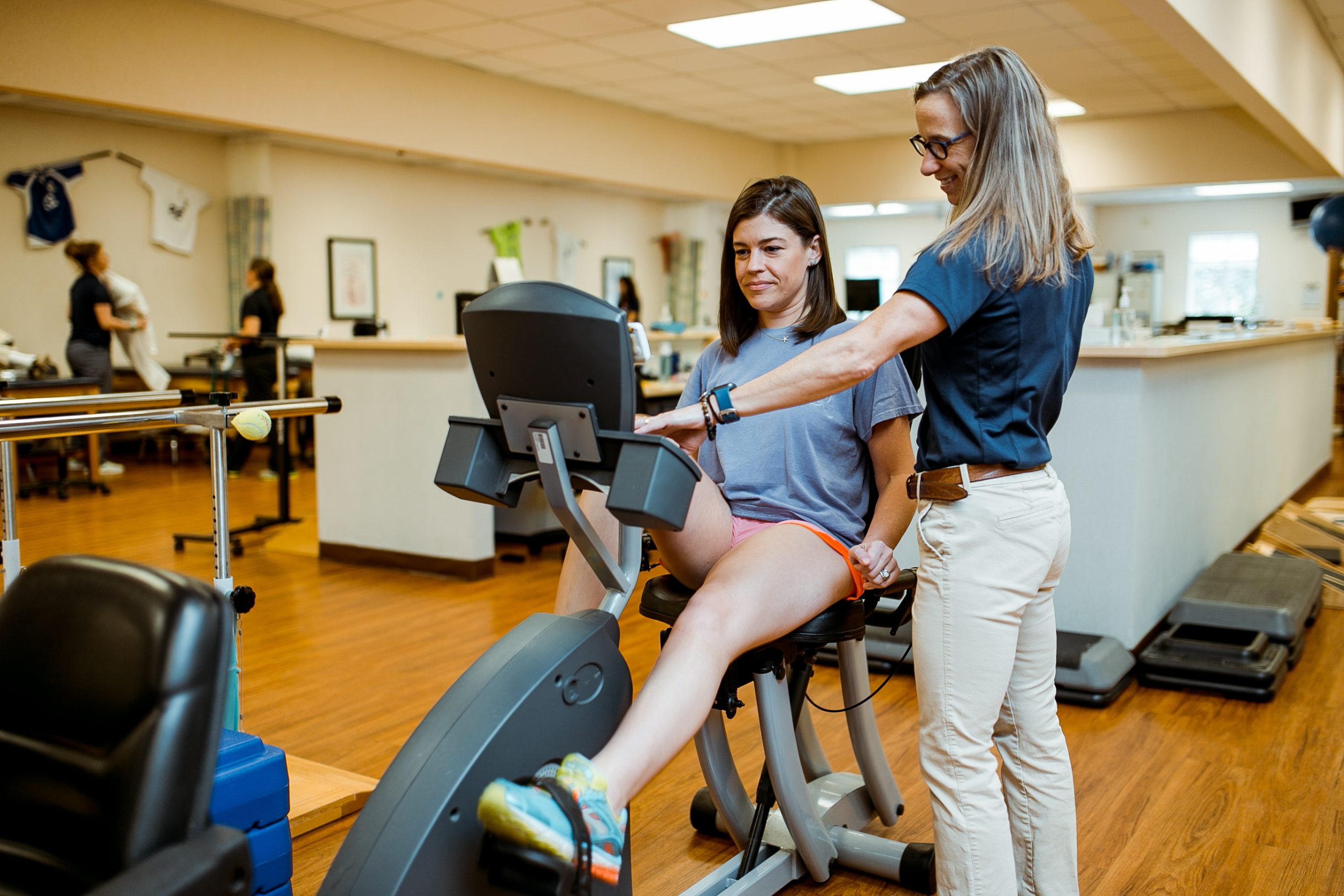Learn Common Athletic Injuries and Efficient Rehabilitation Plans aimed at Athletes
Learn Common Athletic Injuries and Efficient Rehabilitation Plans aimed at Athletes
Blog Article
Athletic traumas are frequent among athletes of every ages and skill levels. These traumas can occur in multiple types, including ligament injuries, muscle injuries, fractures, and tendonitis. Comprehending the types of injuries that can occur during sports events is essential for not only prevention and treatment. Sprains, for instance, entail the stretching or rupturing of connective tissues, which link skeletal structures at a joint. Muscle injuries, on the other hand, affect muscle tissues or tendons, which attach muscles to bones. Identifying these injuries early can assist athletes seek appropriate care and come back to their activity more quickly.
One of the most commonly seen injuries in sports is the ankle ligament injury. This injury often happens when an individual lands ungracefully or rotates their ankle during a match. Signs of an ankle ligament injury include discomfort, swelling, and trouble walking. Immediate care typically involves the R.I.C.E. method, which stands for Rest, Ice, Compression, and Lifting. This approach aids minimize inflammation and discomfort. In more serious cases, rehabilitative therapy may be required to restore power and mobility to the foot before returning to athletics.
Another common trauma is a muscle injury, which can happen in all sport that requires quick movements or intense weight-bearing. Athletes may suffer a muscle injury when they stretch a muscle too far or when they apply too much effort. Symptoms include acute pain, inflammation, and muscle contractions. Rehabilitation for muscular injuries often entails gentle stretching and conditioning exercises. Gradually raising activity levels is vital to prevent recurrence. Athletes should work tightly with a rehabilitative therapist to create a safe and efficient recovery plan.
Tendon inflammation is another trauma that can impact athletes, particularly those who engage in repetitive movements, such as joggers or Discover More swimmers. This condition occurs when a tendon, which links muscle to skeletal structure, becomes inflamed. Common locations involved by tendon inflammation include the arm, shoulder, and leg. Signs often include discomfort and rigidity, especially during activity. Care for tendonitis usually involves rest, cooling, and pain-relief drugs. In some cases, rehabilitative treatment may be recommended to improve flexibility and power in the injured region.
Preventing athletic traumas is just as crucial as treating them. Athletes can minimize their chance of trauma by warming up properly before activities, using the appropriate gear, and keeping good physical shape. Power training and flexibility exercises can assist ready the physique for the demands of sports. Additionally, sportspeople should pay attention to their bodies and take breaks when needed. By understanding frequent athletic injuries and implementing effective rehabilitation strategies, sportspeople can remain healthy and participate in their favorite athletic activities for a long time to come.